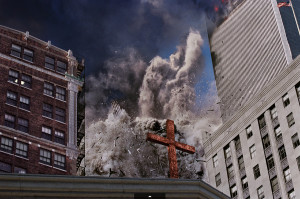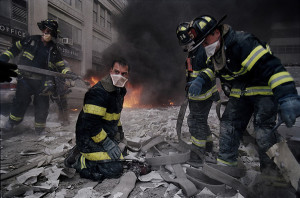What is Photojournalism?


To me, photojournalism is a form of journalism in which one uses photography to tell story. Photojournalists aim to get candid shots. When things are going on. The action. Or at least where the action happened. They sometimes try to capture emotions. Their photos need to have impact.
Their goal is to get the real thing, or an accurate visual representation of a story, to communicate a message and attract the audience’s attention. Because most of the time, for example, readers of a newspaper will look at a story’s photo first, rather than to the actual headline or text.
An important aspect of photojournalism today, especially with social media, is that photos have to be timely. There is a time element. Newspapers particularly want to get photos published as soon as possible because readers want immediacy.

That’s what makes it different from documentary photography, which does take more of one’s time because it has to be shot for days, months or even years in order to be able to capture an event rather than a moment.
Street photography is different as well because it’s about people and everyday life. It’s more spontaneous in a sense that you walk around and snap photos in the streets right on the spot.
A photojournalist can make a living in different ways. The most obvious one is to work at a newspaper or magazine. Book publisher also need photojournalists as well sometimes. Other sources of revenue for photojournalists are institutions like schools and universities, hospitals, businesses, etc.
Some of the professional photojournalism organizations include the National Press Photographers Association and Professional Photographers of America. To join these organizations, one has to sometimes pay an annual fee. Prices vary, but it can be $50 a year to more than $200. The benefits of joining are many. One of the most important ones is that you can network with professional photographers and photojournalist. Other benefits are career opportunities available to members. One would also find news related to the industry. And thanks to the Internet, these organizations are great outlets to see great work or showcase yours.

The “Golden Age” of photojournalism is considered to have happened from the 1930s through the 1950s. Henri Cartier-Bresson, Erich Salomon, and Tony Vaccaro are some of the few who are considered pioneers in the field. A modern source of great photojournalism is National Geographic, the New York Times and TIME magazine.
So, who took all the photos that I’m using in this little article? His name is James Nachtwey. I was actually reading about this photojournalist a few days ago, and after seeing his work I have to say that I admire him. He took this on 9/11 in New York City. Before these photos were taken, he was a well-known conflict photographer. He travelled around the world to capture wars, people in these battles and aftermaths. And by pure luck, he happened to be in New York when the terrorists attacks occurred.





